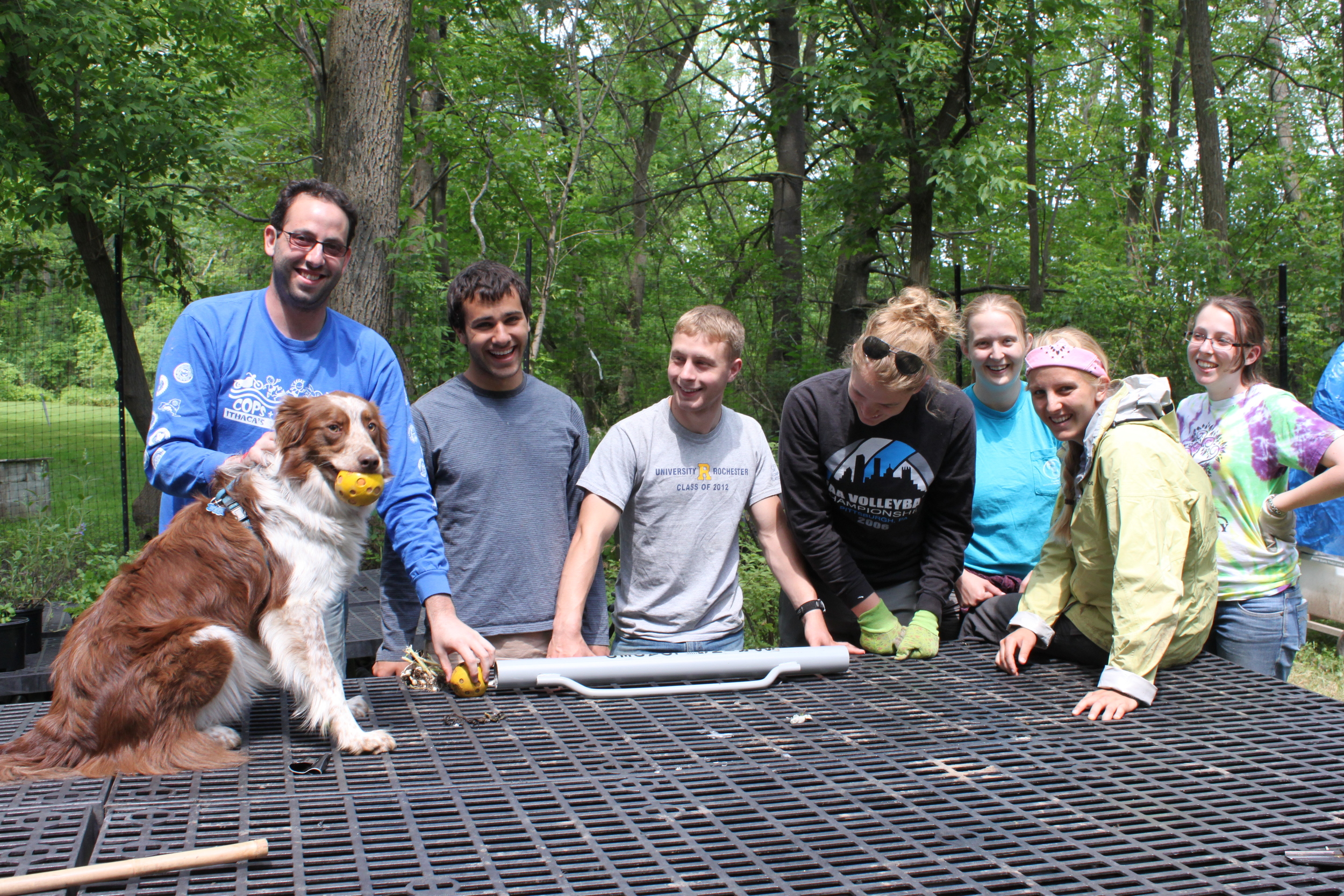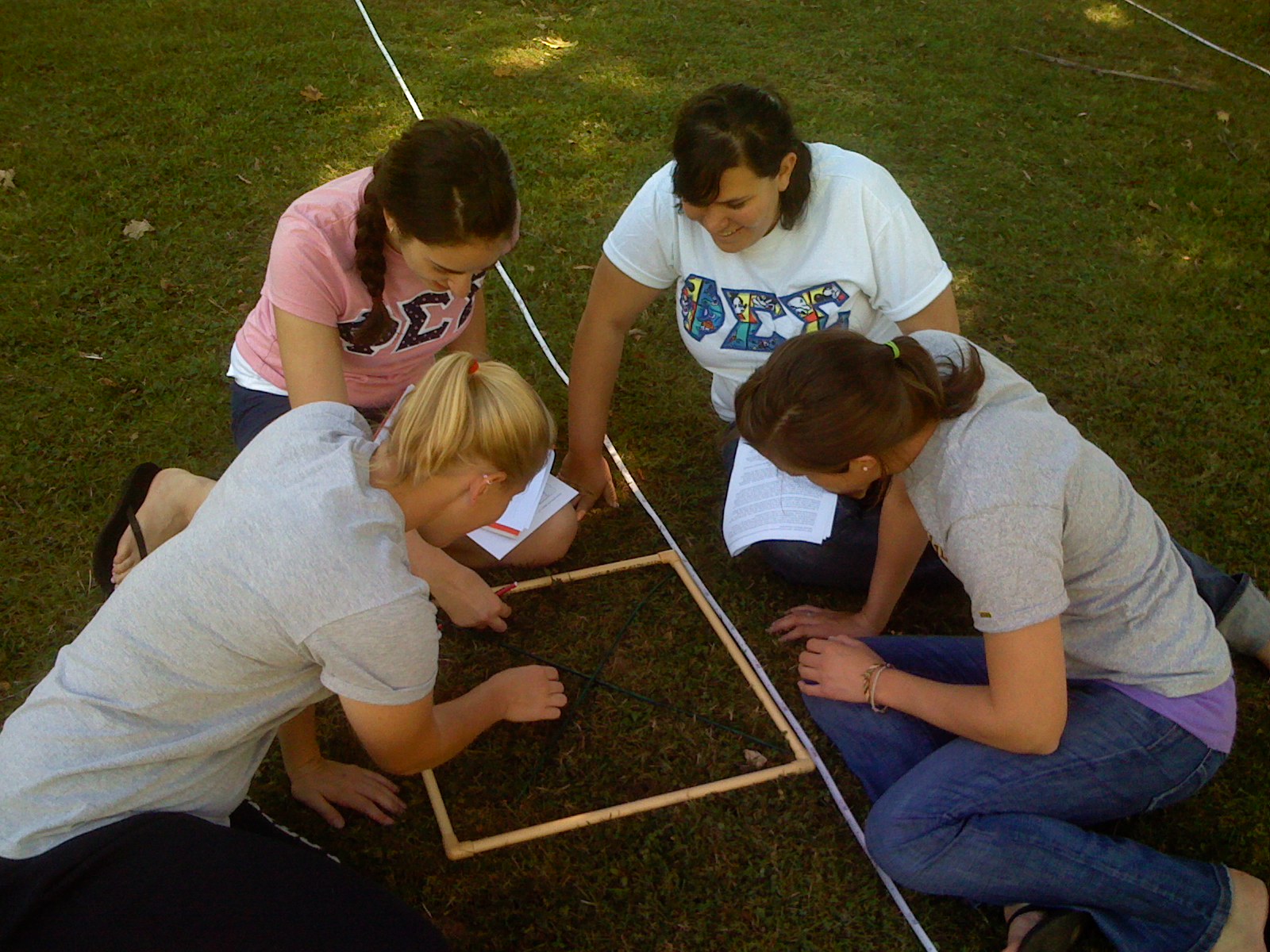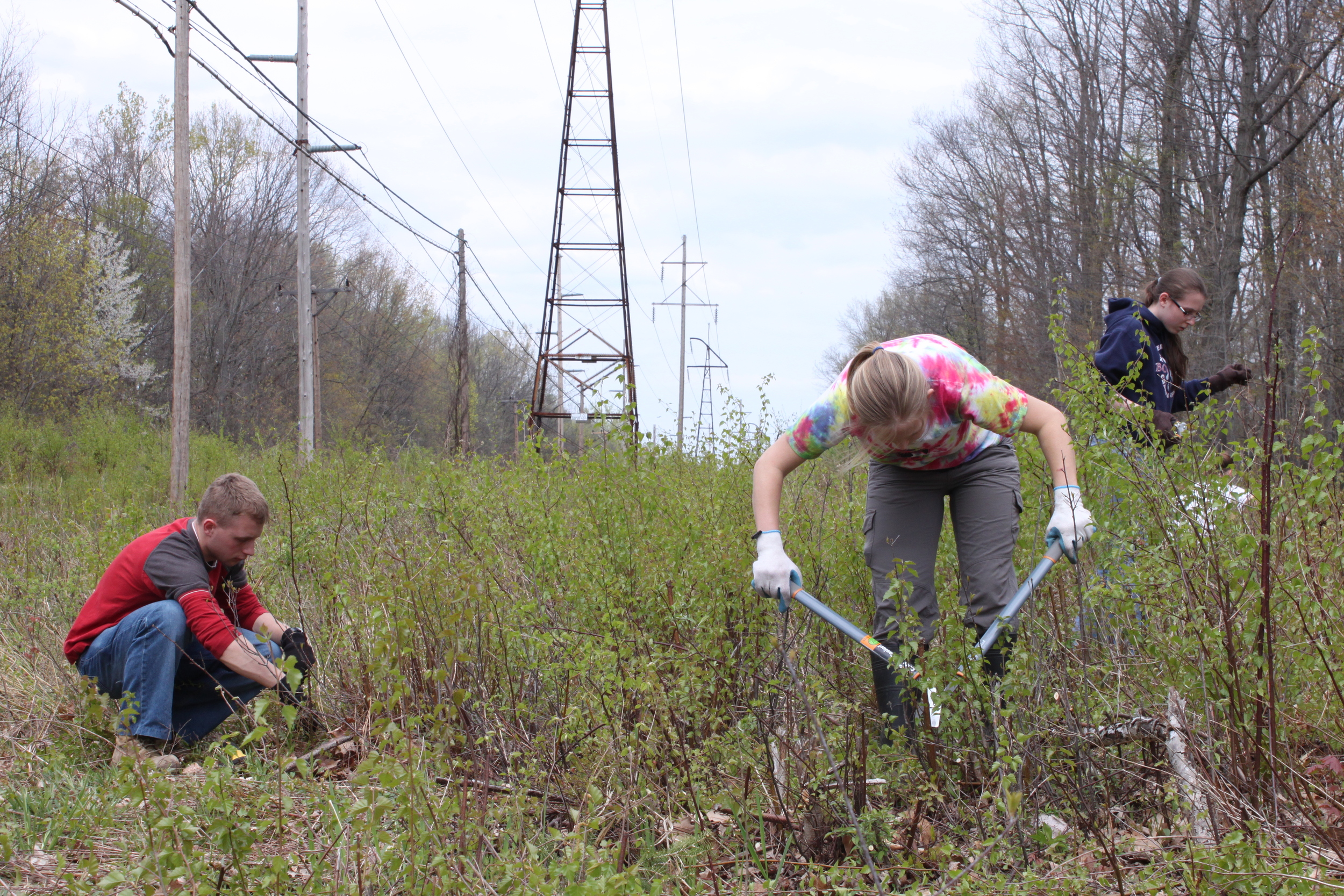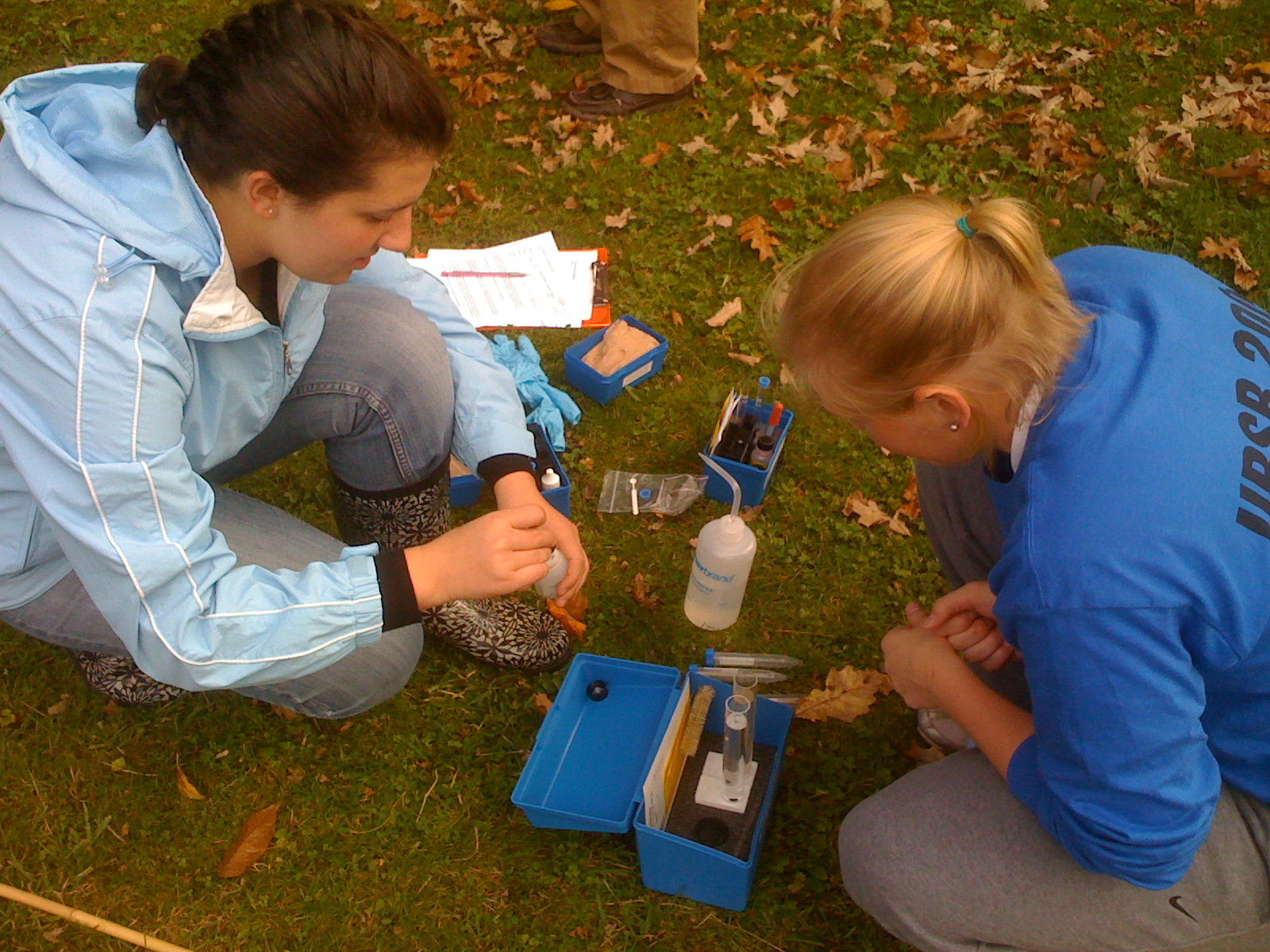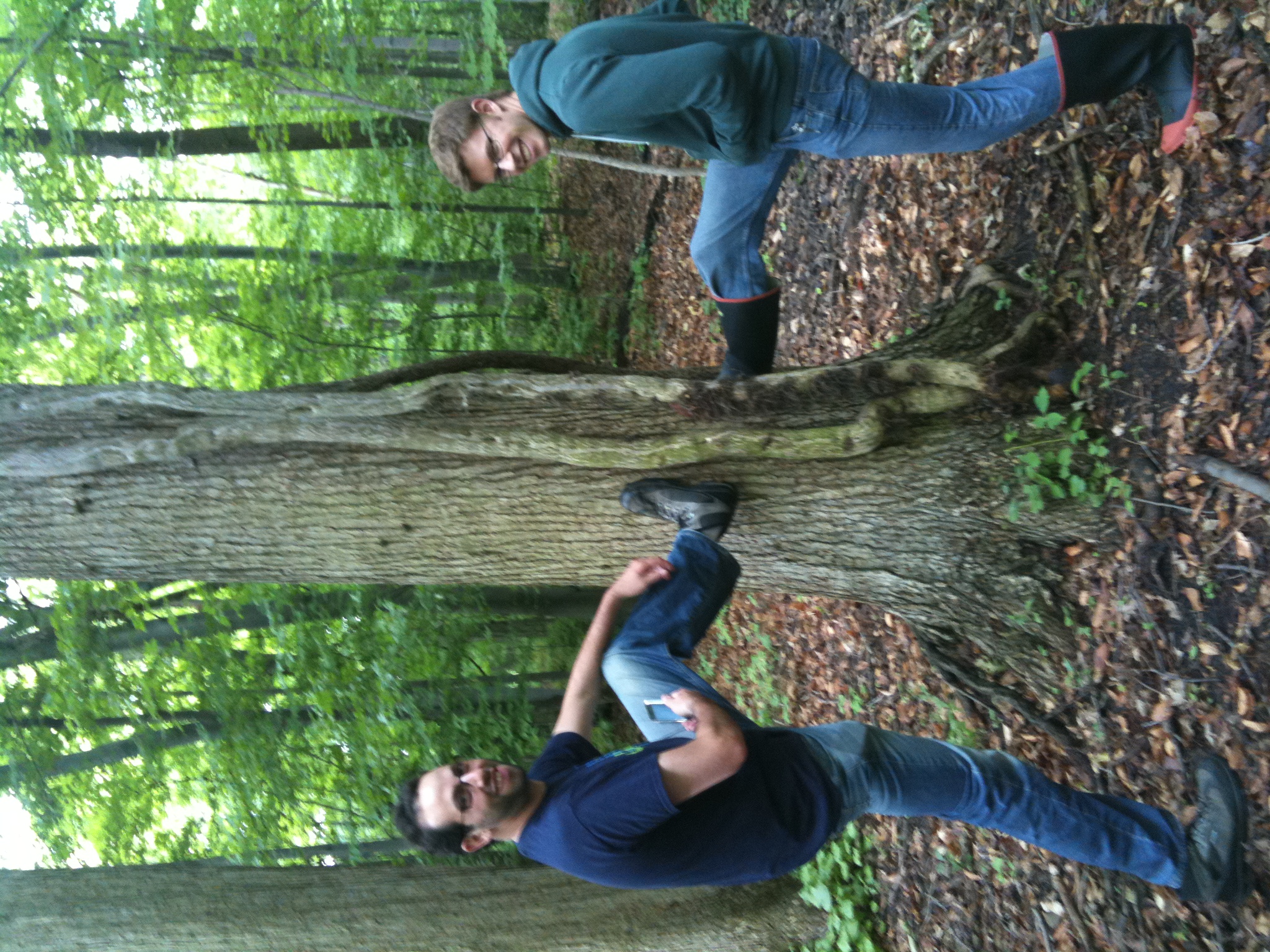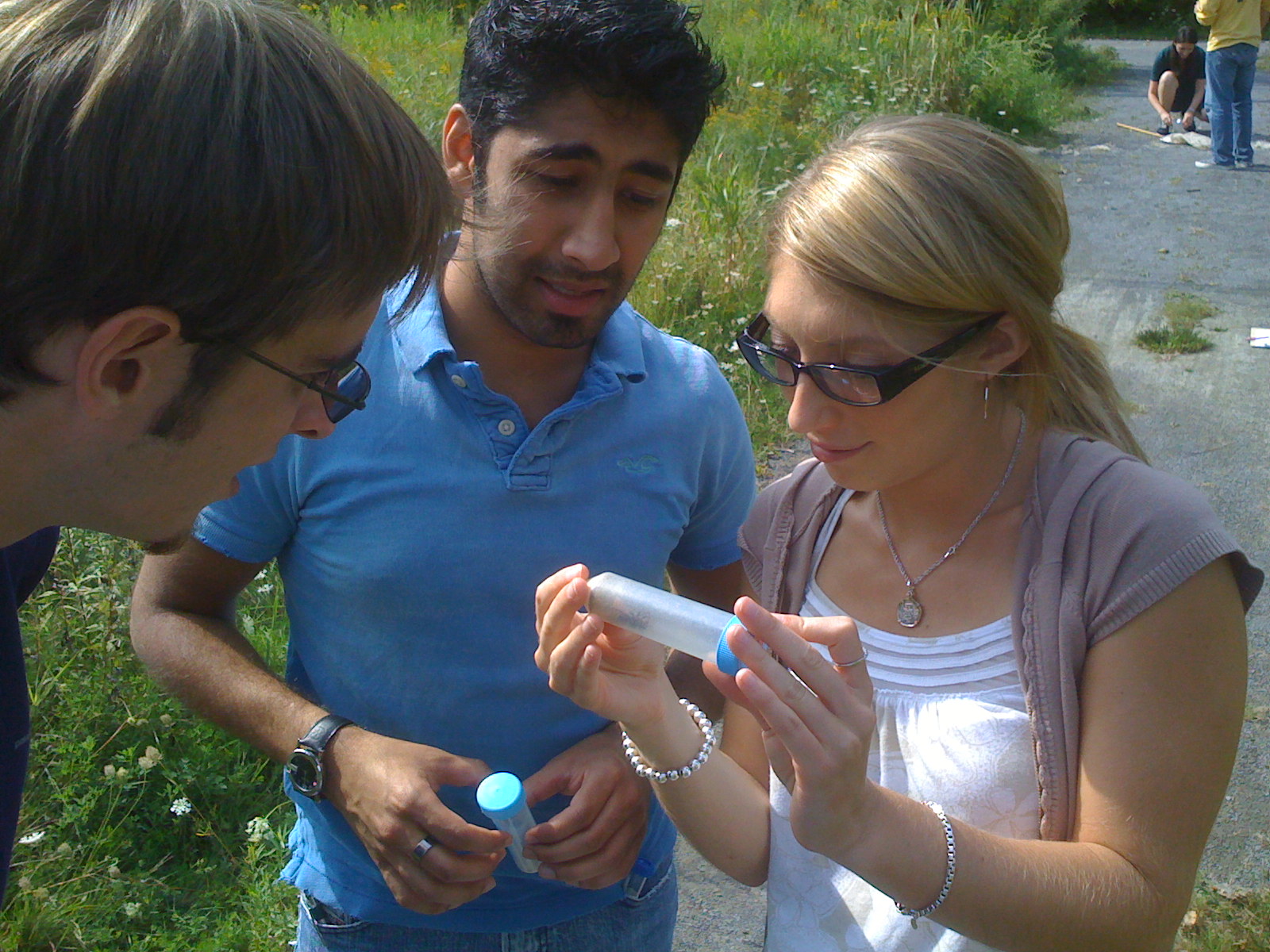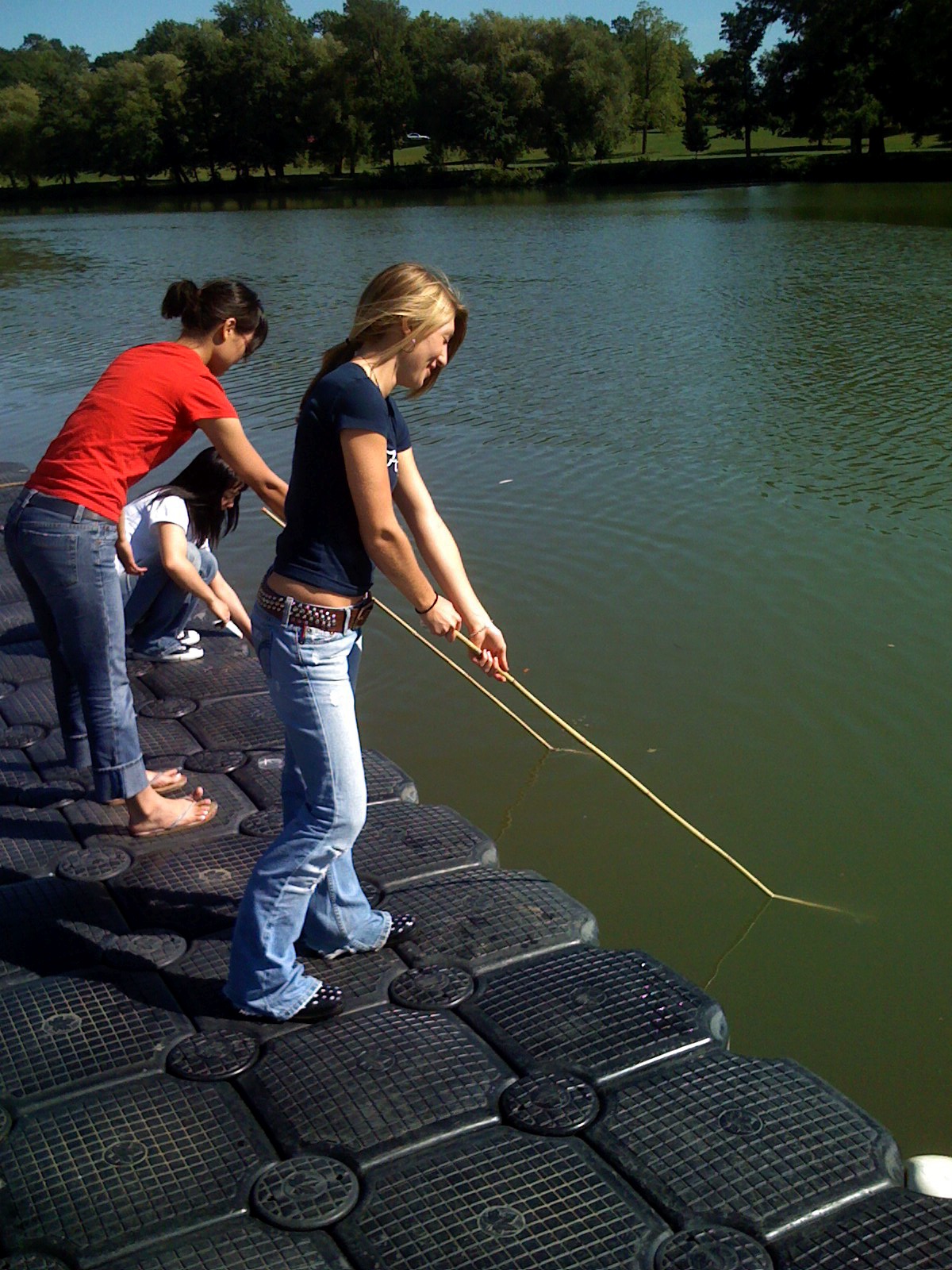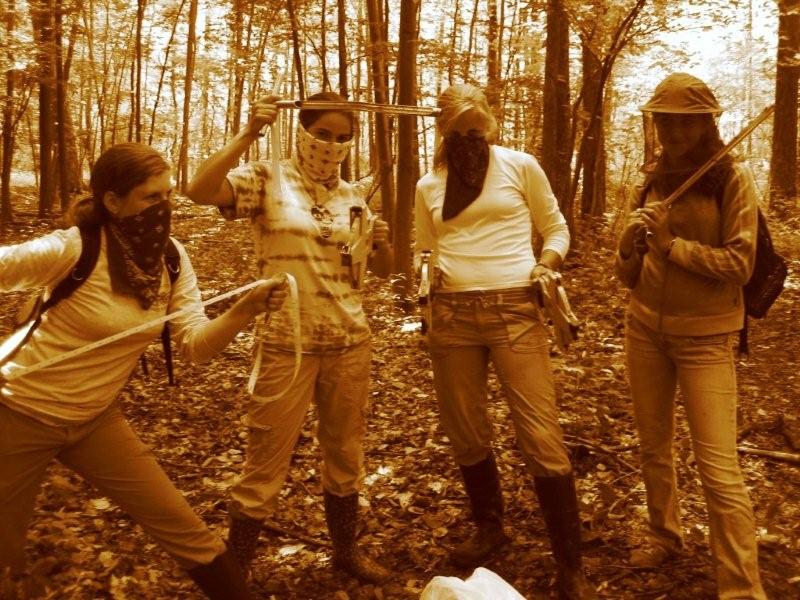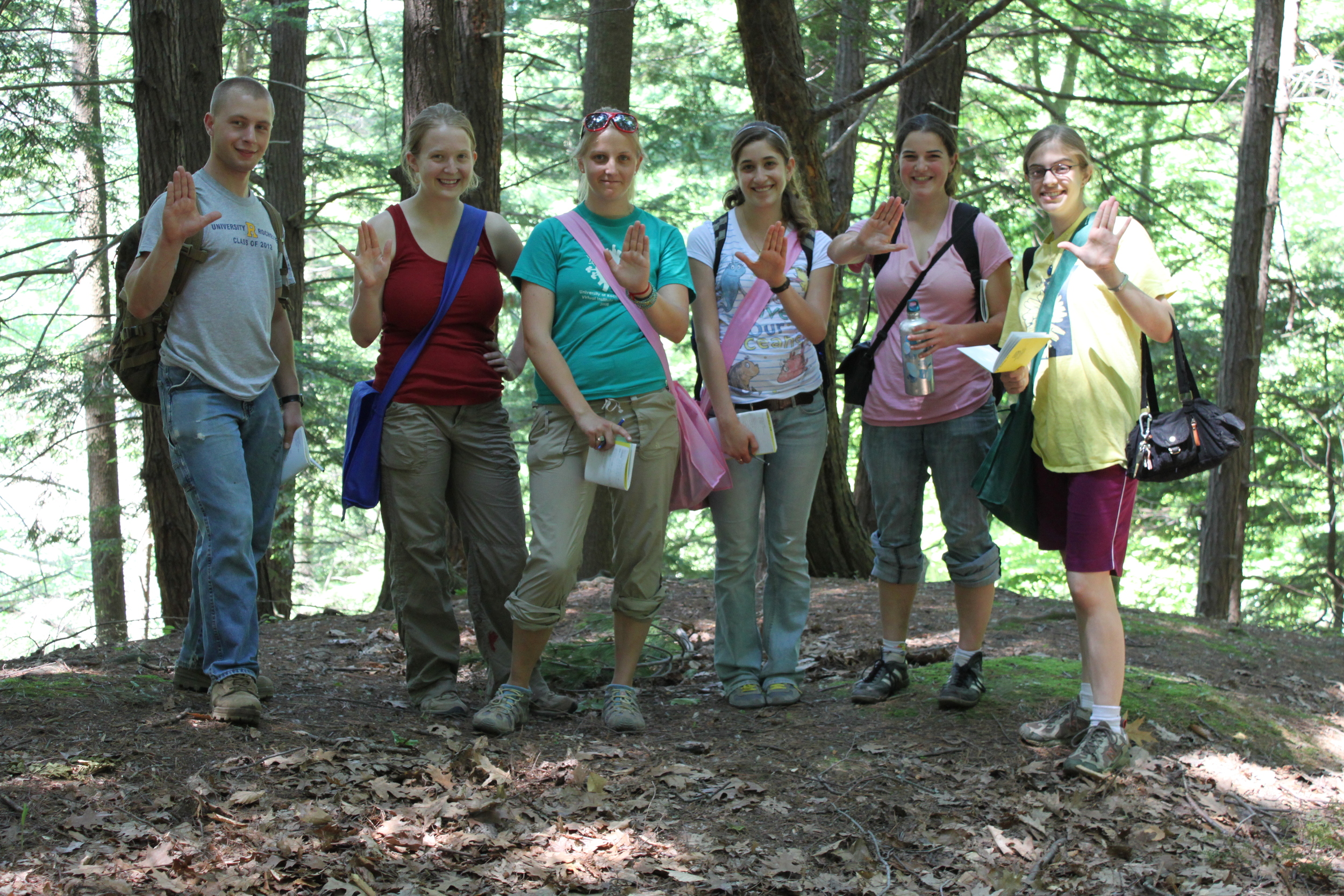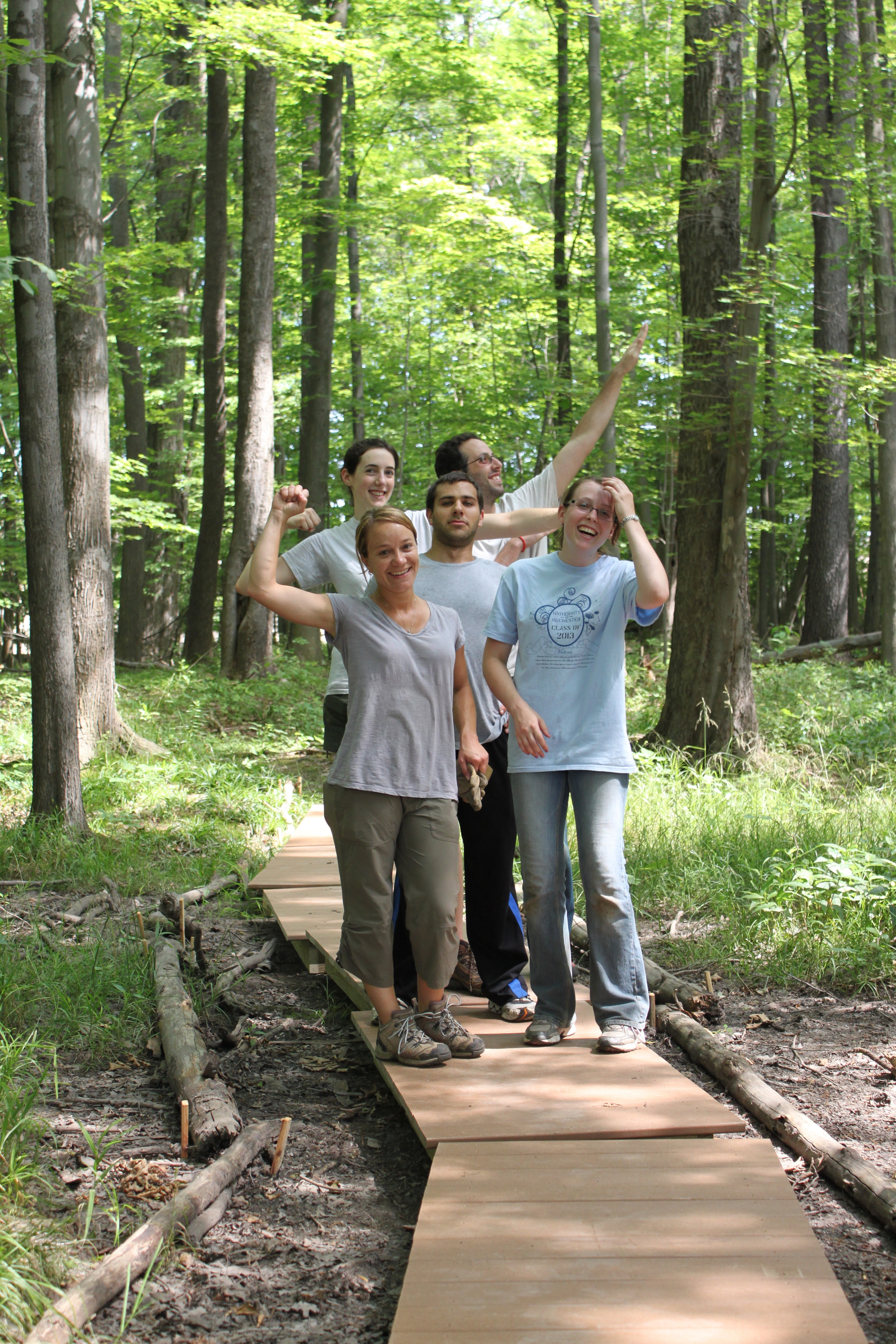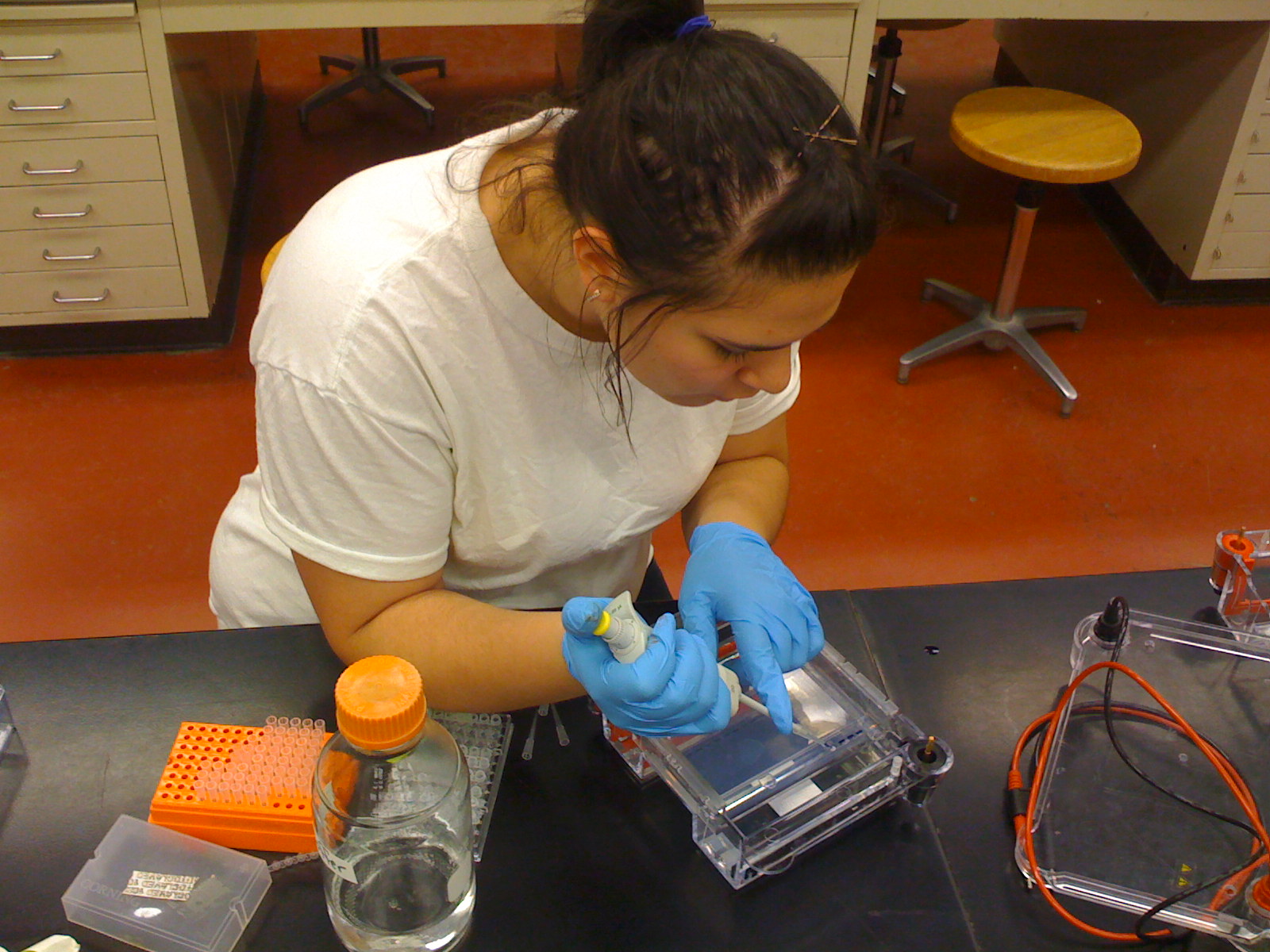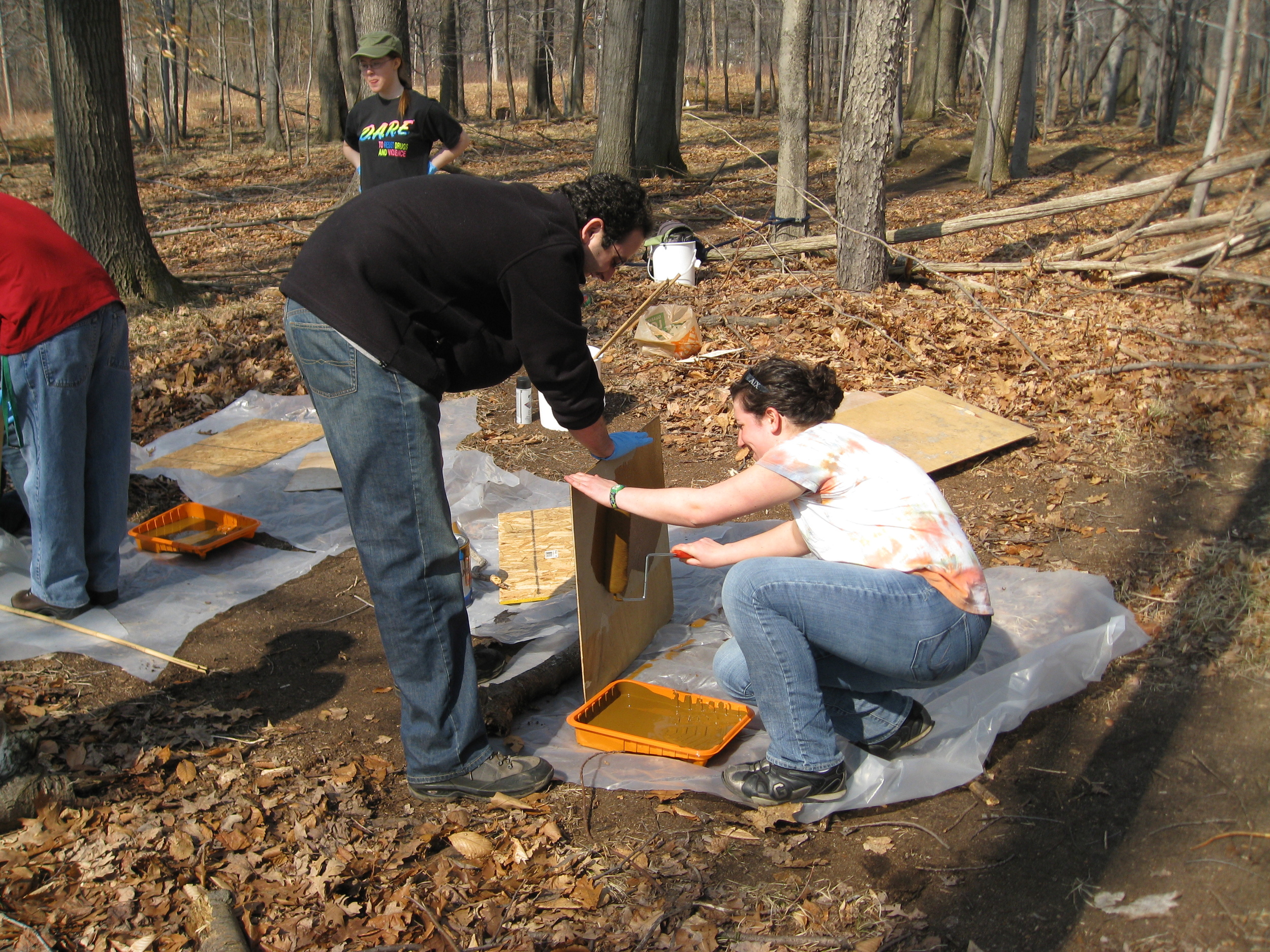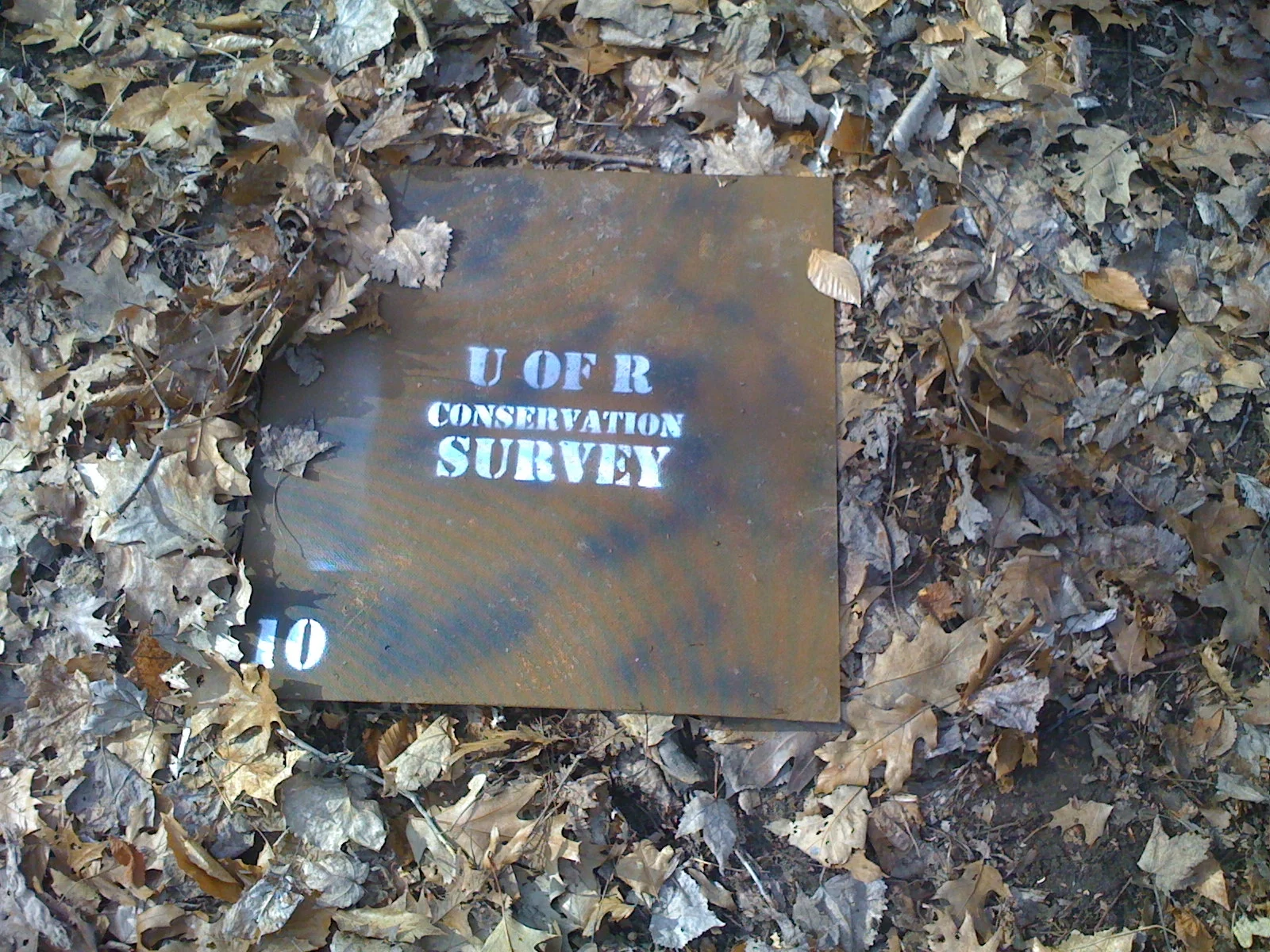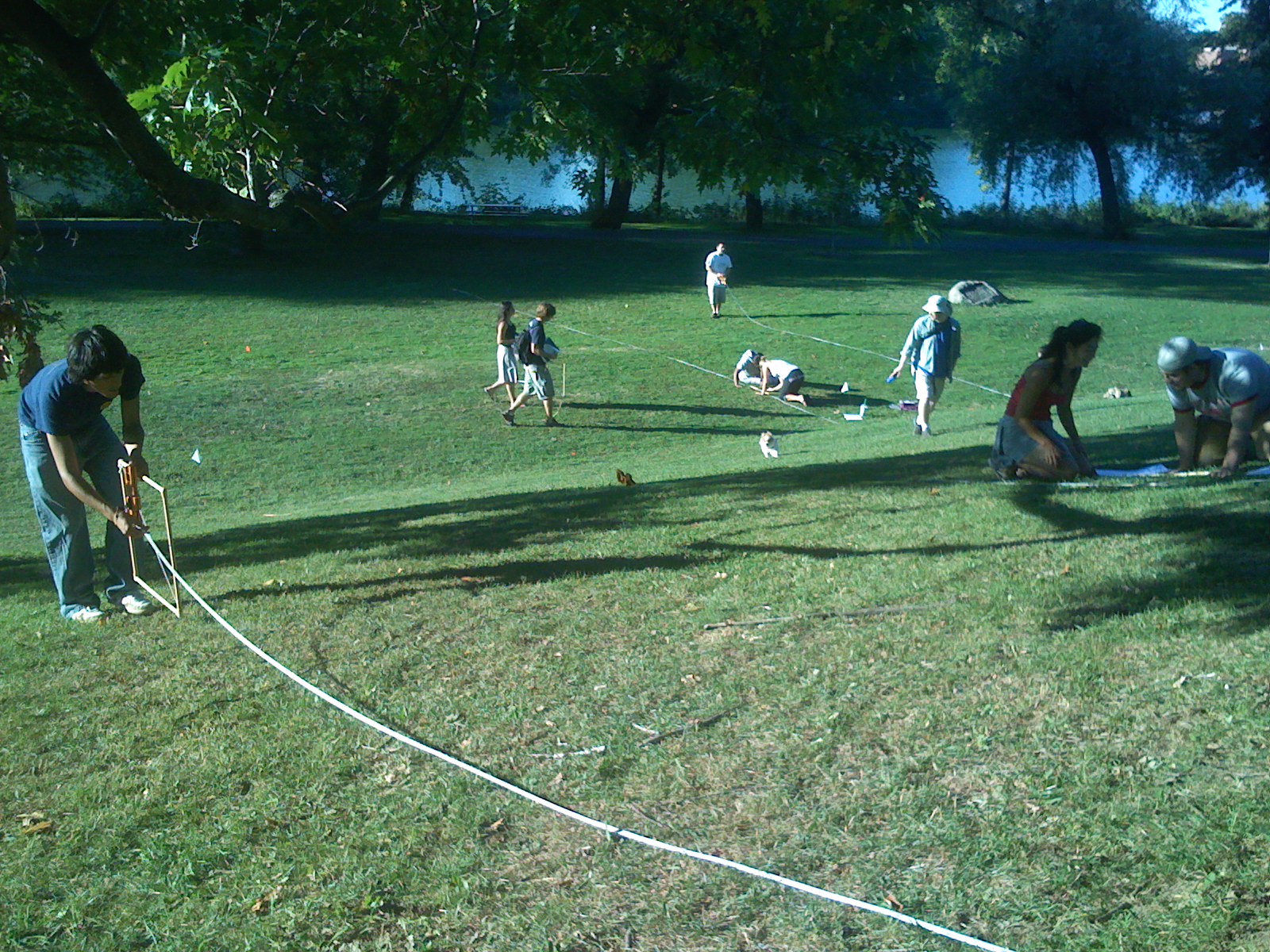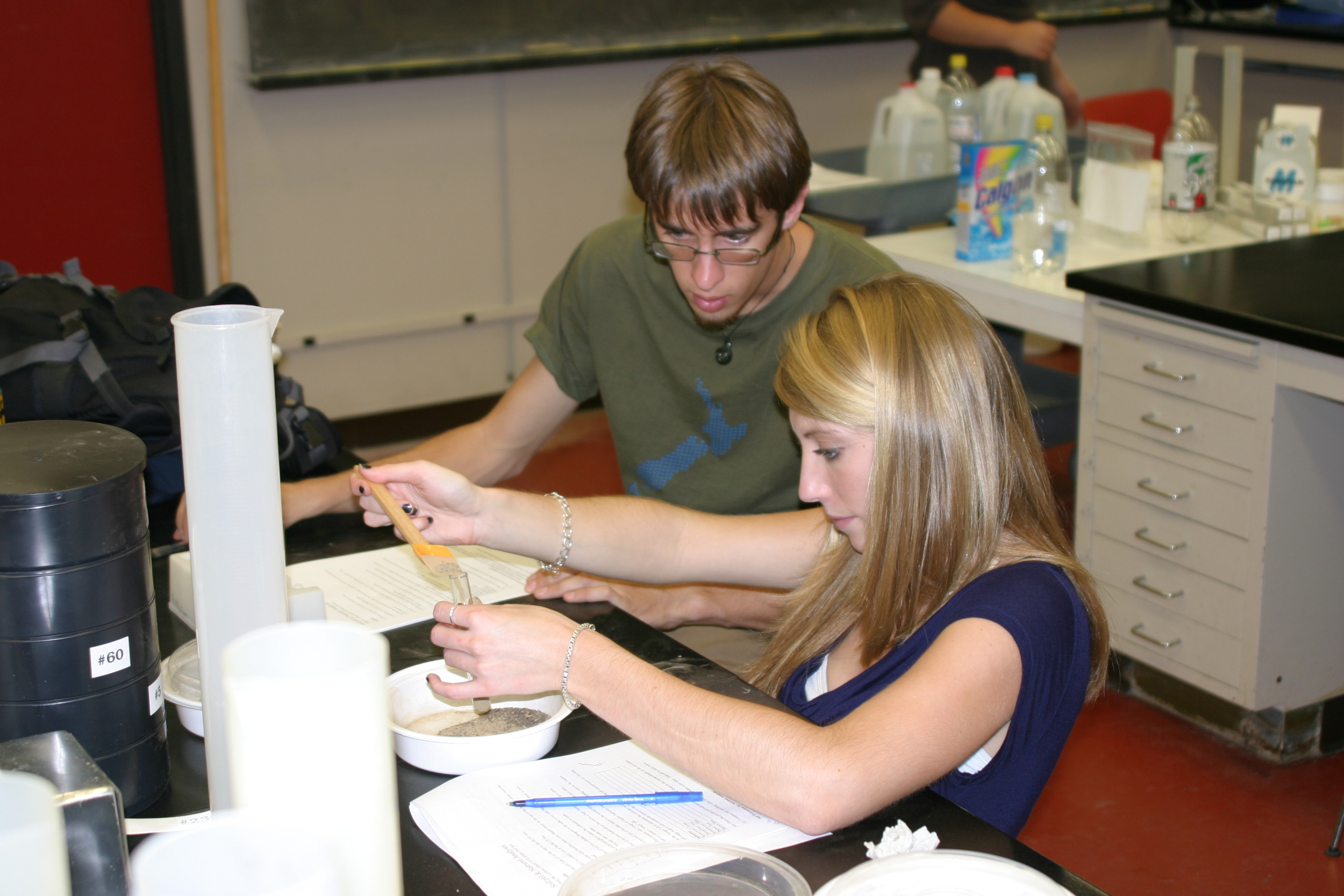During my time as a graduate student at the University of Rochester, I was involved in the development and instruction of BIO 225: Laboratory in ecology and evolution. I also served as a teaching assistant in BIO 263: Ecology, along with five additional semesters as a teaching assistant in various introductory lecture and laboratory courses in the Biology Department.
Although the process of developing and teaching the courses mentioned above were integral in my own evolution as an instructor, some of my most satisfying teaching moments at the U of R were the one-on-one and small-group interactions I had with undergraduates while working with them in natural areas around Rochester, NY. I quickly discovered how these areas can serve as powerful research and educational tools. Beginning with a single plot in an often-ignored corner of University-owned property, I helped establish 350 primary and secondary growth forest plots spanning 24 sites across the county over the course of three years. Using Google Earth, I assisted in identifying forest fragments in our local area and then used historical aerial photographs and GIS software to document the history of those forests over the past century. Students then took the lead, developing data sets for courses, labs and honors theses. These projects included evaluating stand structure, assessing community composition (including invaders) and investigating the impacts of land-use history on current forest structure. This work helped both to document the natural history of local areas and allowed students opportunities to develop and practice the skills of inquiry necessary to think like a scientist.
Below are a few photos from my work both in BIO 225 and with the 'field crew' of undergraduates on various projects in old-growth and secondary-growth forests near the University of Rochester.
